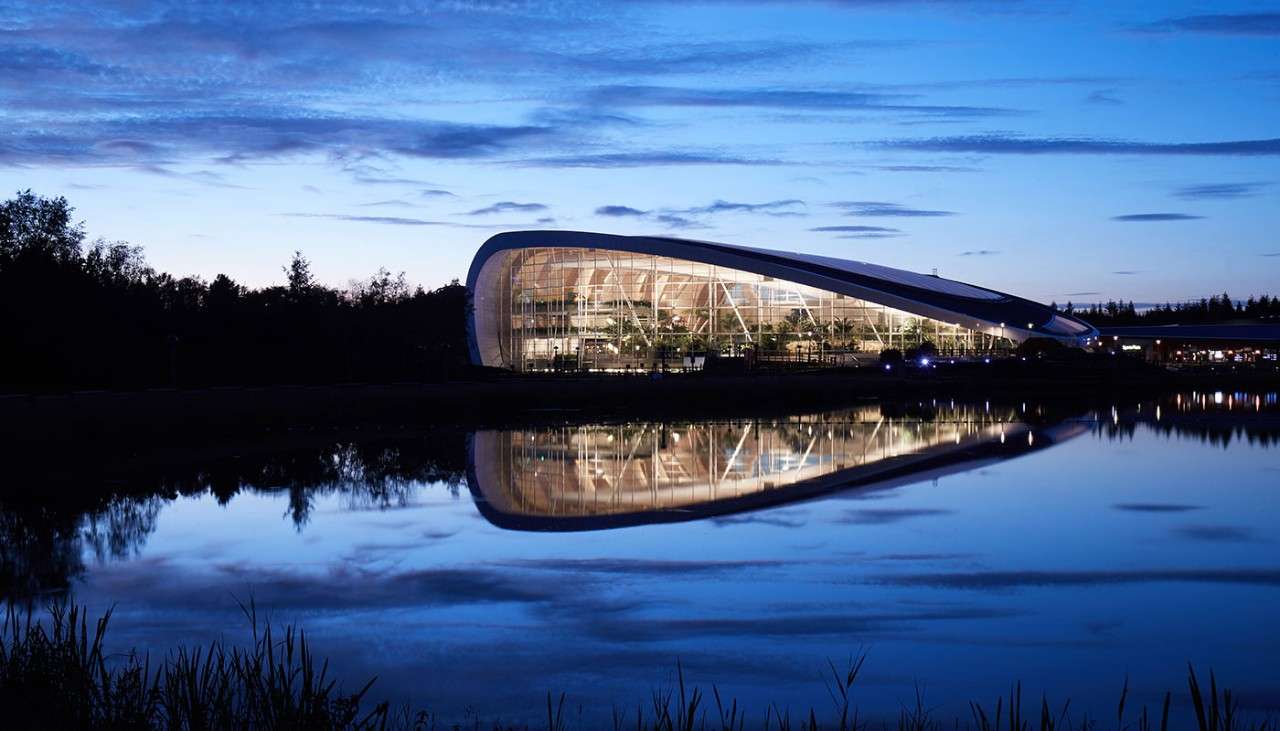Sustainable Construction Utilising Mass Timber in Fire Safety

In Ireland, timber has been a staple in construction since ancient times. In recent years we have seen more modern marvels be created with timber such as the CLT constructed Subtropical Swimming Paradise in Centre Parcs, Co Longford. As environmental concerns drive the need for sustainable building materials, mass timber has emerged as a pivotal player in reducing carbon emissions, improving energy efficiency, and nurturing a more eco-friendly built environment. Recognised for its structural utilisation of large, prefabricated wood panels, mass timber offers immense potential within Ireland’s construction sphere. By responsibly sourcing timber from managed forests, construction efforts can notably diminish their carbon footprint, while also enhancing energy efficiency throughout the construction process and the lifecycle of buildings.
Timber’s inherent insulating properties provide natural thermal resistance, aiding in regulating indoor temperatures and reducing heating and cooling demands, thus potentially cutting operational costs and lessening reliance on fossil fuels for temperature control. Despite the increasing benefits of mass timber, its widespread adoption in Ireland remains a work in progress. Addressing building codes, guidance documentation, and certification standards may require further investment and collaboration among stakeholders, particularly with the growing scrutiny on Part-B regulations, which outline fire safety standards that buildings must meet.
Given wood’s combustible nature, compliance with fire safety regulations is paramount to minimise the risk of fire incidents and mitigate potential harm to life and property. Innovative design strategies and fire protection measures are essential to address fire safety concerns in mass timber construction. These may include employing fire-resistant coatings, intumescent paints, or encasement applications to enhance timber elements’ fire performance, delaying ignition onset and slowing flame spread in case of fire.
Advancements in timber engineering have led to the development of engineered wood products with enhanced fire resistance properties, such as cross-laminated timber (CLT) and glue-laminated timber (glulam). These products undergo rigorous testing and certification processes to ensure compliance with fire safety standards and regulatory requirements, assuring their suitability for use in projects across Ireland.
Incorporating fire safety considerations into the design, construction, and management phases of mass timber projects fosters a holistic approach to building safety, balancing environmental benefits with the imperative of safeguarding lives and property. By adhering to Part-B regulations and implementing best practices in fire safety, Ireland can leverage mass timber construction to create sustainable, resilient, and safe built environments that meet society’s evolving needs. With a track record of involvement in projects utilising mass timber as a construction method, ORS is equipped with both technical capabilities and experience to assist in delivering sustainable CLT projects in Ireland.
To discuss your next project, please contact Seán Fay on s.fay@ors.ie or call us on (01) 524 2060.
